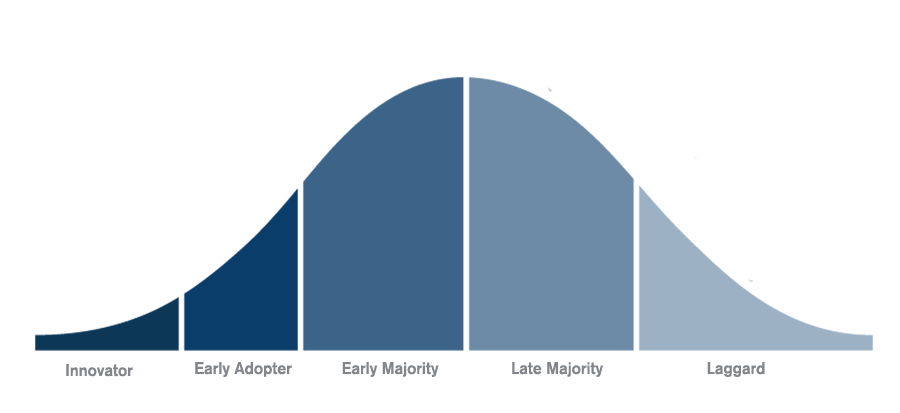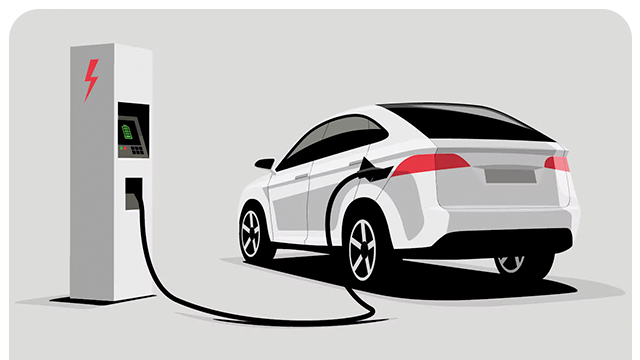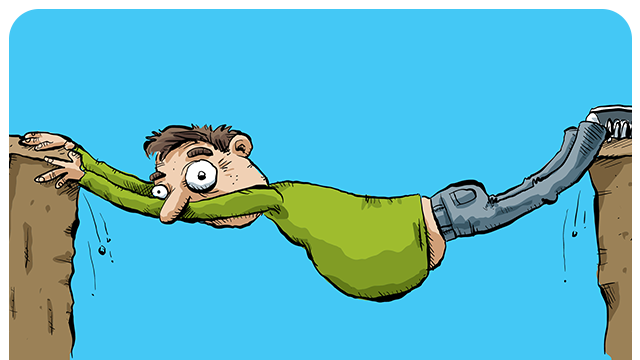Resources / Training /
15 Stages of Value Creation
Successful companies deliver the right value to the right people at the right time

The Innovation-Adoption Curve is insightful, but a common myth is that once you cross a “chasm,” success is guaranteed. In reality, even after early adopters validate a product, scaling in a mainstream market requires continuous adaptation. The challenge isn’t just crossing the chasm—it’s sustaining momentum afterward in each of the 15 stages of value creation.
The foundation of building a long-term, distinctive and sustainable company is the ability to understand and act on this continuing need for transformation.
In other words, value creation is the continual redirection and renewal of your business processes that occurs from strategic adaptation to customer characteristics. Since customer characteristics are in constant flux, updates to value creation must continue without end.
This means that, value creation is not a one-time event, but an ongoing state that must be maintained in a changing environment.
Use the customer’s perception to identify and deliver exceptional value. This training course provides clear guidance for developing a differentiated offering that delivers value for both customers and end users.
You’ll learn how to:
- See products and services from the customer’s point of view
- Identify value-delivery priorities that change across the lifecycle of market adoption
- Master value-creation strategies that must shift as you move from one adopter category to the next.
- Use the 15 stages of value creation as a planning tool
For those who have been taught to believe there is only a single gap in the adoption curve, please read our analysis of why “crossing the chasm” causes so much confusion and misunderstanding.
Free resources
Learn more with these related resources

Guides and tools
Innovation-Adoption Curve
Diffusion of Innovations by Rogers, E. M., (First edition. New York: The Free Press. 1962) describes the qualities that make an innovation spread successfully. It is the most popular model for understanding how new products and innovations gain momentum and diffuse (or spread) through a specific market or population.

Guides and tools
Market Education Guide
People still talk with other people before making important decisions…especially decisions related to buying new technologies or adopting new innovations. Market education is a proven method of enabling conversations between people that are based on evidence and credibility.

Industry analysis
Accelerating EV Adoption
Cost and limited driving range are not the only barriers to widespread adoption of electric vehicles. The perception of risk plays the biggest role in delaying mainstream acceptance. This analysis of adoption factors demonstrates that a reduction in perceived risk is actually the primary transformative factor.

People Patterns vodcast
What is your customer buying?
Business leaders tend to think the multitude of features and functions in their product are the ultimate selling points in their marketing. Extra features may provide value in the future, but the initial adoption of something new is actually based on a single feature or function…especially with mainstream customers.

Featured article
Chasm Crossing Confusion
When business leaders decide to use a framework for strategic guidance, the model needs to be crystal clear. Any ambiguity can lead to delay of revenue. The lack of understanding of the chasm concept explains why B2B tech companies often take a decade or more to build a profitable revenue stream.

Guides and tools
Low Risk Recipe eBook
The Low Risk Recipe™ is one of the most powerful frameworks developed by High Tech Strategies. In this eBook we describe how intangible attributes allow the development of a low-risk offering, which is the most important dimension of value for mainstream customers and buyers. Several examples are included.

